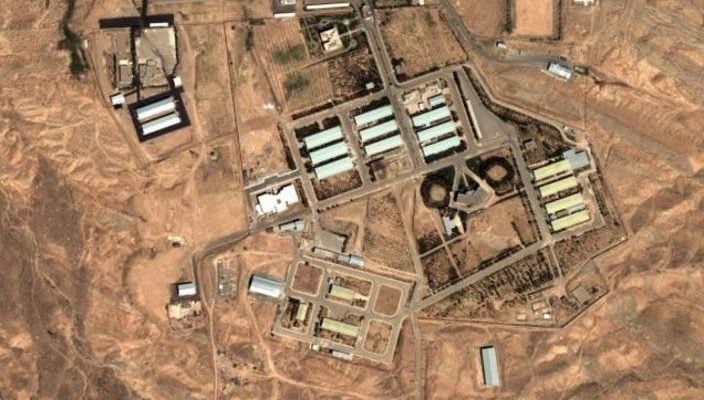The comments contradict reports blaming Israel for poisoning Ayoob Entezari.
By World Israel News Staff
An Iranian scientist who died last month at a military site near the Parchin nuclear facility outside Tehran was killed as part of an “industrial sabotage” plot, an Iranian Revolutionary Guards commander said Monday, contradicting previous statements by regime officials that Israel had poisoned him.
“The martyr from the Ministry of Defense was himself not the target but was affected by an act of industrial sabotage. We must prevent such threats with artificial intelligence methods,” Hassani Ahangar told the semi-official Entekhab news agency in comments carried by the Reuters news agency.
Ahangar did not identify who was behind the alleged sabotage that killed Ayoob Entezari.
“Engineer Ehsan Ghadbeigi was martyred and one of his colleagues was injured in an accident that took place in one of the Ministry of Defense’s research units at the Parchin area on May 25 [2021],” Entekhab added.
Entekhab’s comments contradict a report from the The New York Times last week, which cited Iranian government sources as saying that Tehran suspected Israel of poisoning Entezari.
Exiled Iranian journalists published photos of Entezari, who worked on developing missiles and drones, showing former president Hassan Rouhani around his place of work at Ghadir Industrial Turbines Company (GITCO) in 2019.
Satellite images taken after the blast showed major damage to the Parchin facility, which analysts believe houses missile production facilities as well as a subterranean tunnel system.
It wasn’t the first explosion at the facility. In the summer of 2020, a series of unexplained blasts struck Parchin, the Natanz nuclear facility, and a power station near Isfahan.
Media reports at the time said Israel was behind the Natanz explosion, which allegedly set back Tehran’s nuclear program by months.
Ahangar’s comments come amid a spate of mysterious deaths of Iranian officials over the past month.
Last month also saw the killing of Hassan Sayyad Khodaei, the deputy commander of a shadowy unit in the IRGC Quds unit, for which Iran blamed Israel.
Col. Ali Esmailzadeh, Khodaei’s colleague in Unit 840, the unit in charge of terrorist operations against Israeli and Western targets overseas, was also killed shortly thereafter. Iran International, a London-based Iranian opposition website, charged that the IRGC had killed Esmailzadeh for espionage after he had allegedly provided intelligence leading to the Khodaei’s assassination.
State-affiliated outlets reported his death, allegedly from falling off his roof, as either an accident or suicide. The IRGC did not issue any statement following his death, and his funeral took place in his home province of Hamedan under a media blackout as opposed to in Tehran, marking a departure of protocol for an officer of his rank.
Like Entezari, engineer Ehsan Ghad Beigi was also “martyred” in the Parchin military complex, the defense ministry said, providing no explanation.
Iran International also reported last week that contrary to official Iranian reports, Revolutionary Guard aerospace officers Ali Kamani and Mohammad Abdous did not die in accidents. The two air force engineer officers worked on “building and developing weapons for Hezbollah in Lebanon,” the report said.





